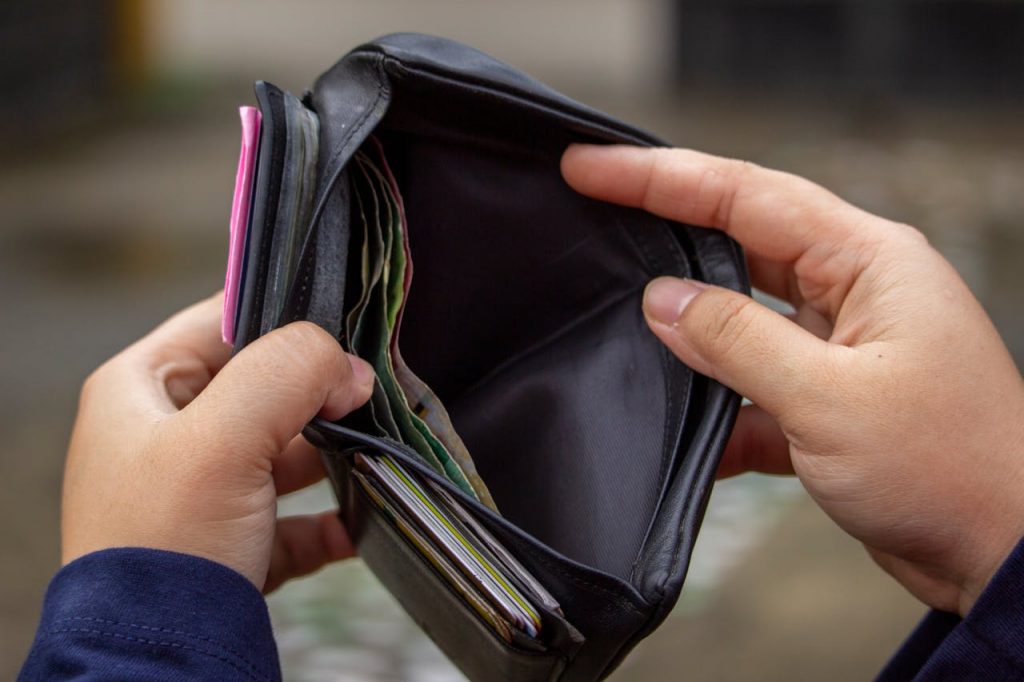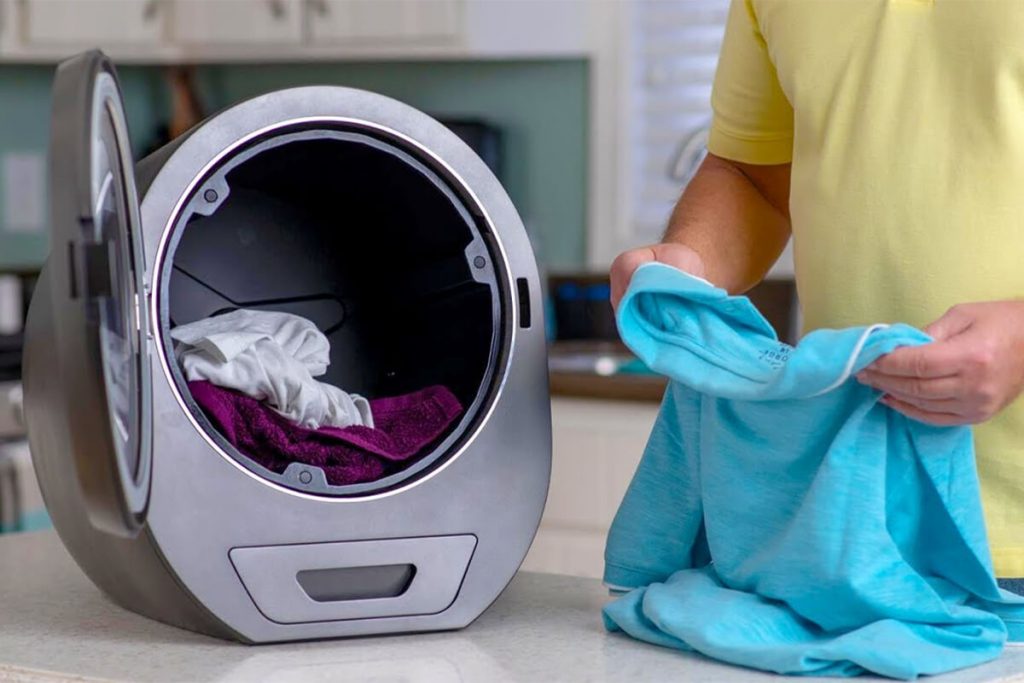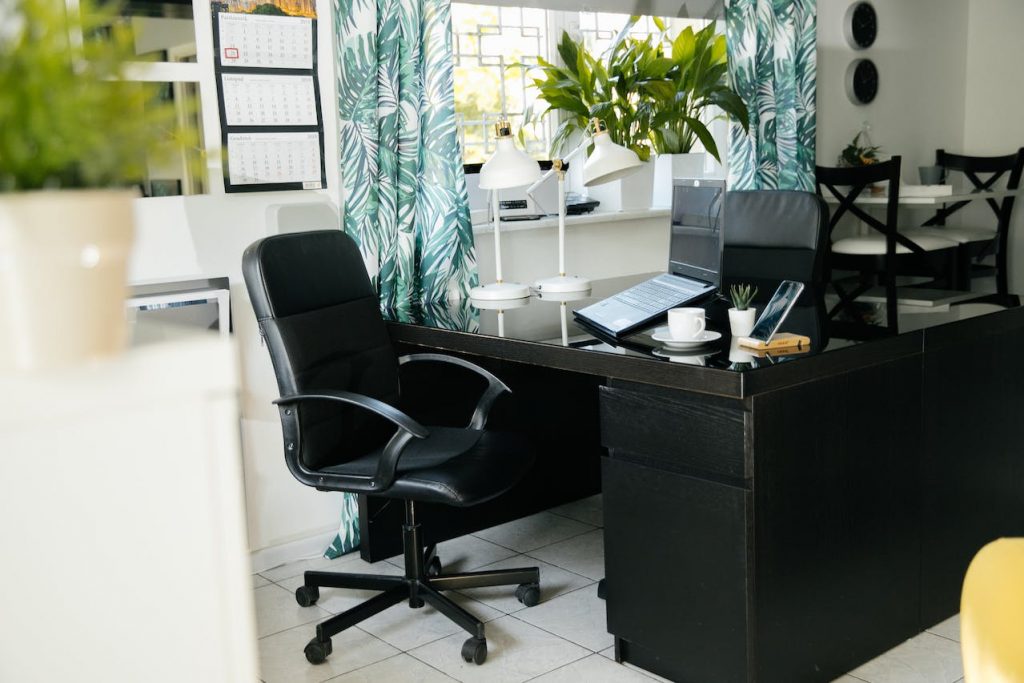Cleaning the toilet is not the most pleasant of tasks, but it is extremely important for maintaining a healthy and hygienic home. Toilets come in contact with numerous germs and bacteria, so it is essential to clean them properly and regularly. This guide will provide an overview of toilet cleaning, information on gathering supplies, tips on choosing the right cleansers and scrubbers, step-by-step cleaning techniques, post-cleaning tips, and maintenance tips to keep your toilet clean and germ-free.
Gathering supplies

Klimkin \ Pixabay
In order to undertake a thorough cleaning of your toilet bowl, you will need a few basic supplies: protective gloves, a toilet brush or scrubber, a cleaner (liquid or powder), microfiber cloths or rags (for wiping down surfaces), a small bucket or bowl (to mix the cleaner with water), paper towels (for drying surfaces), and a disinfectant spray (optional).
Pre-cleaning
Before you begin cleaning the toilet bowl, you should take a few moments to check for any objects that may have been flushed down the drain. Small items like toys or coins can get stuck in the U-bend and should be removed if possible before continuing with the cleaning process. Once you have removed any objects from the bowl, flush it to remove any unpleasant odors that may be lingering.
Choosing the right cleanser

Mariakray \ Pixabay
When it comes to choosing the right cleanser for your toilet bowl, there are a few things to consider. The most important factor is whether or not you have a porcelain or plastic toilet – different cleaners will be needed depending on this factor. Generally speaking, it is best to avoid using harsh chemicals like bleach on plastic toilets as these may cause damage over time. When shopping for a cleaner or scrubber, look out for products that are specifically designed for toilets, as these will be more effective than general cleaners.
Types of scrubbers
When it comes to scrubbing the bowl of your toilet, there are two main options: brushes or sponges/scrubbers. Brushes are best used on porcelain toilets as they are able to reach into crevices that other scrubbers may not be able to reach. Sponges/scrubbers can be used on both porcelain and plastic toilets as they are gentle enough not to cause damage while still providing effective cleaning power – just make sure that you rinse them out after every use, as this will help prevent bacteria from growing.
Steps for scrubbing the bowl

Steinchen \ Pixabay
Once you have gathered all of your supplies and prepped your toilet bowl by checking for any items that may have been flushed down the drain, you can begin scrubbing:
Step 1
Start by wetting your chosen scrubber with warm water before adding a small amount of cleaner onto it; this will help to activate the cleaner’s properties so that it can properly tackle dirt and grime more effectively than if applied directly onto dry surfaces.
Step 2
Begin by gently scrubbing around the rim of the bowl before working your way down toward the bottom; focus on corners where dirt may have built up over time.
Step 3
Once you have finished scrubbing around the rim, move on to tackling any areas that still need additional attention before thoroughly rinsing away any remaining cleaner from both inside and outside of the bowl.
Step 4
After this step is complete, flush away any remaining debris that may have been dislodged during scrubbing.
Step 5
Finally, polish off any remaining surfaces with a damp cloth before drying them off with paper towels for optimum cleanliness.
Step 6
Once you’ve finished, let your newly cleaned toilet air dry in order to allow any residual moisture to evaporate from its surface before turning it off once again; this will help prevent further accumulation of moisture inside your bathroom, which could lead to mold growth over time if not attended to properly.
Tips for cleaning the seat

Islandworks \ Pixabay
To begin tackling dirt and grime on your toilet seat, start by spraying generously with an all-purpose cleaner. Then, using either a soft brush or cloth, wipe away any visible dirt that has accumulated over time; make sure to focus particularly around hinges where dirt tends to gather more easily due to their position in relation to one another.
Use either an old toothbrush or sponge/scrubber dampened slightly in warm water, then proceed with gently rubbing away remaining spots until all areas are free from dirt; finally, rinse off any excess cleaner with warm water, then pat dry for optimal cleanliness!
Cleaning the tank and handle

Yosratawakol \ Pixabay
For optimal cleanliness, make sure you also approach cleaning inside your toilet's tank; start by emptying out any water, then proceed by spraying liberally with an all-purpose cleaner along with some white vinegar (optional) before wiping around its interior walls using either an old toothbrush or sponge/scrubber dampened slightly in warm water if necessary.
Rinse out the area thoroughly otherwise, leftover residue can cause staining over time, especially due long term use! Finally, wipe down handles/knobs too, using either an old cloth/microfiber rag dabbed in soapy solution if necessary, followed up by lightly buffing dry using a paper towel afterward — this helps reduce additional wear and tear caused due moisture build-ups underneath each handle!
show more






















